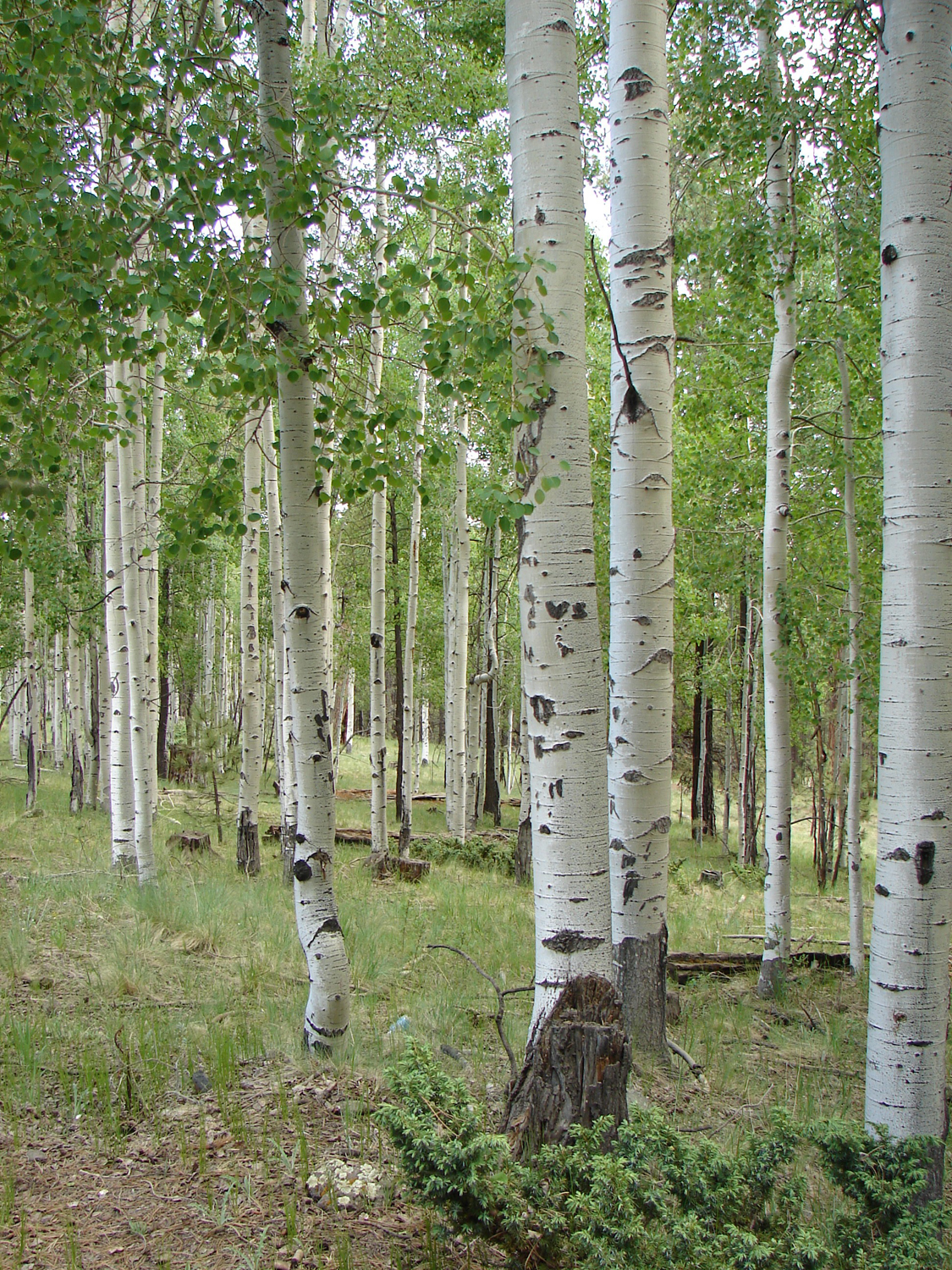
Whether it's a slender poplar, a gnarled bristlecone pine, or a sturdy oak, wildly different trees have one thing in common: Their branches tend to snap when lashed by winds of a certain speed, new research suggests.
It turns out that many of the trees' characteristics, such as wood softness or size, tend to counteract each other, the researchers found.
While a bigger tree has a more robust trunk to withstand wind forces, "a high tree undergoes larger aerodynamical forces due to its larger exposure to the wind and it has statistically bigger defects and thus a higher chance to break." The pros and cons of bigger and smaller trees tend to nearly cancel each other out, the researchers found." [Check Out the Tallest Trees on Earth]
Breaking wood
Centuries ago, Leonardo da Vinci and Galileo tried to quantify how well wooden beams would resist bending. They came up with scaling relationships showing that the critical force required to bend and snap a beam rose exponentially with the diameter of the beam, and fell with the length of the beam. Yet da Vinci, Galileo and later scientists disagreed about just how much the diameter of the beam affected the critical force required to snap it. Though science eventually settled on a straightforward relationship, the reason for the discrepancy in these early experiments was never fully resolved.
But in January 2009, wide swaths of France experienced the wrath of a huge storm called "Klaus," which uprooted nearly 210 million cubic feet (6 million cubic meters) of wood. Researchers mapping tree damage noticed that the top wind speed in an area correlated strongly with how many trees were broken — whether they were uprooted or snapped like matchsticks. Interestingly, both hardwood trees, such as oaks, and softwood pine trees, seemed to be equally affected.
Defects and size effects
Sign up for the Live Science daily newsletter now
Get the world’s most fascinating discoveries delivered straight to your inbox.
Emmanuel Virot, a doctoral candidate in mechanics at the École Polytechnique in Paris, and his colleagues wondered why harder trees didn't fare better. First, they weighted one end of rods made from beech wood and from graphite with buckets of water, determining just how much weight was required to curve rods of different materials, lengths and diameters.
Interestingly, they found a discrepancy between their numbers and those predicted by Hooke's law, which relates the force applied to a springy object with its deformation. They wondered whether the discrepancy occurred because they hadn't accounted for stress inside the wood.
"Wood rods have knurls and pencil leads [or the graphite rods] have cracks that lower the resistance to breakage," the researchers wrote in the paper, which was published Feb. 3 in the journal Physical Review E.
They realized trees would inevitably have knots and other types of imperfections as well. So they referred to other work, which showed that in large enough hunks of material, the number of imperfections in that material rises with the square root of the material diameter.
Next, they wanted to see how a uniform wind speed, which hits all parts of a tree trunk equally, would affect their calculations (weighting just one end of a rod doesn't realistically capture what it's like to be in stormy weather). When they crunched their numbers, they found that the critical wind speed needed to snap a tree was a factor of the wood strength, air density, tree shape and tree diameter and length.
Canceling out
Interestingly, however, all these factors only had a slight effect on the critical wind speed, and tended to cancel each other out. For instance, trees with bigger, heftier trunks tend to have more internal flaws and also have more surface area exposed ot the wind. The end result was that most trees tended to snap when winds reached about 94 miles per hour (151 kilometers per hour).
The findings could have implications for protecting forests in a world with a rapidly changing climate, the researchers wrote in the article.
"Even if this work suggests that the forest damage hardly depends on the tree characteristics, the model in the study gives some clues to design more resistant forests, which might help to face the doubling of frequency of extreme storms expected by the end of the 21st century," the researchers said in a statement.
Follow Tia Ghose on Twitter and Google+. Follow Live Science @livescience, Facebook & Google+. Original article on Live Science.

Tia is the managing editor and was previously a senior writer for Live Science. Her work has appeared in Scientific American, Wired.com and other outlets. She holds a master's degree in bioengineering from the University of Washington, a graduate certificate in science writing from UC Santa Cruz and a bachelor's degree in mechanical engineering from the University of Texas at Austin. Tia was part of a team at the Milwaukee Journal Sentinel that published the Empty Cradles series on preterm births, which won multiple awards, including the 2012 Casey Medal for Meritorious Journalism.










